The entire iPhone 14 series is available in stores now that the Plus version has launched. You’ll have a hard time buying the iPhone 14 Pro and Pro Max, which are still sold out. It’s a lot easier to score the regular iPhone 14 and 14 Plus. That’s probably because many people dismiss the regular iPhone 14 models, likening them to the base iPhone 13 models.
That perception is wrong and can negatively impact your buying choices. Reviewers have referred to the iPhone 14 as the iPhone 13s. But that comparison doesn’t tell the whole story. The iPhone 14 and 14 Plus aren’t the descendants of the iPhone 13 mini and iPhone 13. They’re the successors of the iPhone 13 Pro and Pro Max. And it’s partially Apple’s fault for failing to make consumers see that.
iPhone 14 vs. iPhone 13 Pro: What’s similar
When the iPhone 14 leaks were pouring out, I told you that the $799 iPhone 14 would be unlike any base iPhone since Apple started selling multiple variants every September. All those rumors came true. Yet the iPhone 14 isn’t selling all that great.
For $799, you can get almost the entire iPhone 13 Pro experience, including a processor with extra GPU power, 6GB of RAM instead of 4GB, and the annual camera upgrades.
I explained at the time that the iPhone 13 Pro should start at $899 this year. But Apple never keeps the older Pros in stock. Instead, prices start at $799 for the iPhone 14, which is a great bargain, and a better option than the $699 iPhone 13 that’s still on sale.
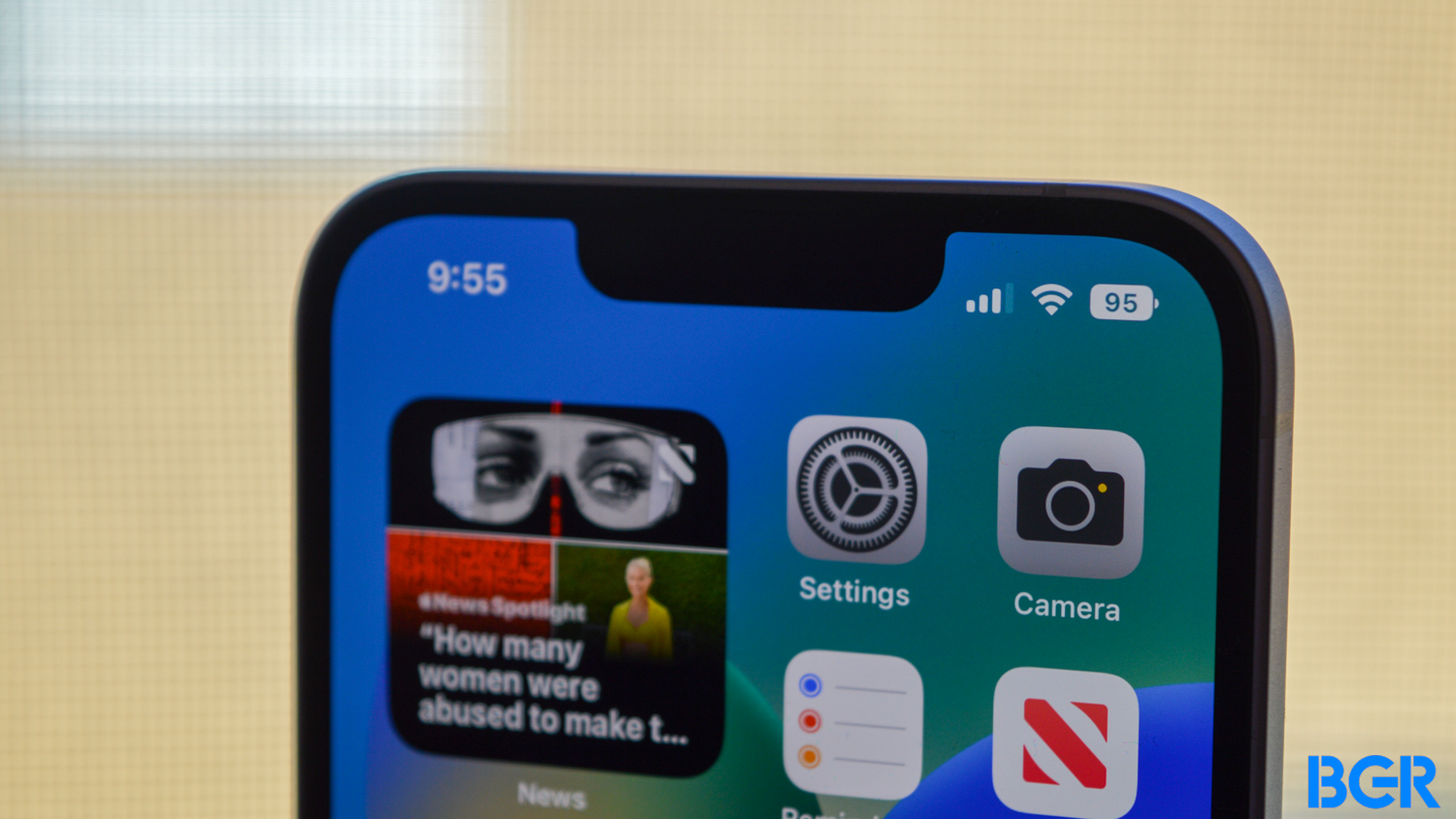
What you lose
You do lose a few Pro features from the iPhone 13 Pro models. There’s no 120Hz support, and the rear camera features only two lenses. LiDAR is also absent on the iPhone 14.
But ProMotion isn’t such a big deal on iPhone. Even on the Pros, you might want to turn the refresh rate down to 60Hz. As for the telephoto lens, it’s a must only if you do a lot of zooming when taking photos and videos and you need better optical zoom. The only thing you might miss is the night mode portraits that LiDAR makes possible.
What you gain with iPhone 14
On the camera front, the iPhone 14 does bring notable improvements even though it still rocks a 12-megapixel primary lens. The iPhone 14 features Apple’s new Photonic Engine, which is the name for the improved image processing engine Apple brought to the entire iPhone 14 lineup. Neither the iPhone 13 Pro nor the iPhone 13 Pro Max has it.
Moreover, the TrueDepth selfie cam also gets autofocus, a feature the iPhone 13 Pro models lack.
Finally, the iPhone 14 and Plus get Emergency SOS via satellite. And their sensors can support the same Crash Detection feature as the more expensive models.
What I’m getting at is that calling the iPhone 14 a repackaged iPhone 13 doesn’t tell the entire story. The iPhone 14 is an upgrade of the iPhone 13 Pro with two caveats — the camera (telephoto and LiDAR) and the 120Hz display refresh.
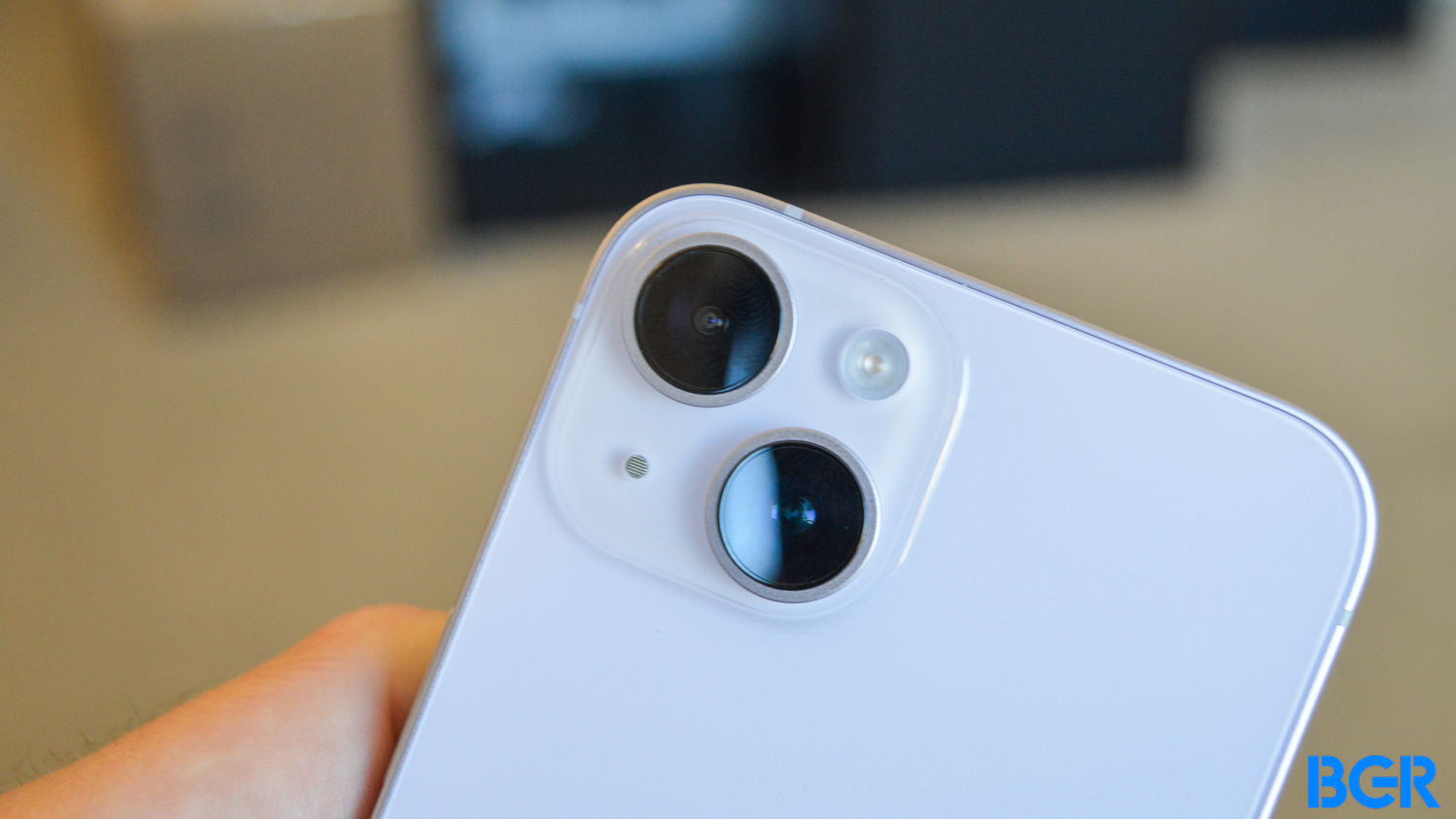
There’s really no equivalent to the iPhone 14 for Android. Apple’s rivals are always keen on selling the next big feature rather than imitating Apple’s iPhone lineup strategy. And the next big thing might not always outperform last year’s iPhone. Or a model even older than that.
Which new iPhone to buy
The Plus is identical to the base iPhone 14, save for its larger, 6.7-inch display, but it features an even larger battery. It also starts at $899, which is $200 cheaper than what the iPhone 13 Pro would have cost last year.
You have to consider all of that, especially if you don’t need the iPhone 14 Pro but are looking to upgrade to a new phone. Between the $799 iPhone 14, the $699 iPhone 13, and an iPhone 13 Pro that some carriers and retailers might still have in stock, the 14 might be the best choice.
More Apple coverage: Check out the best Apple deals online right now.
This content was originally published here.

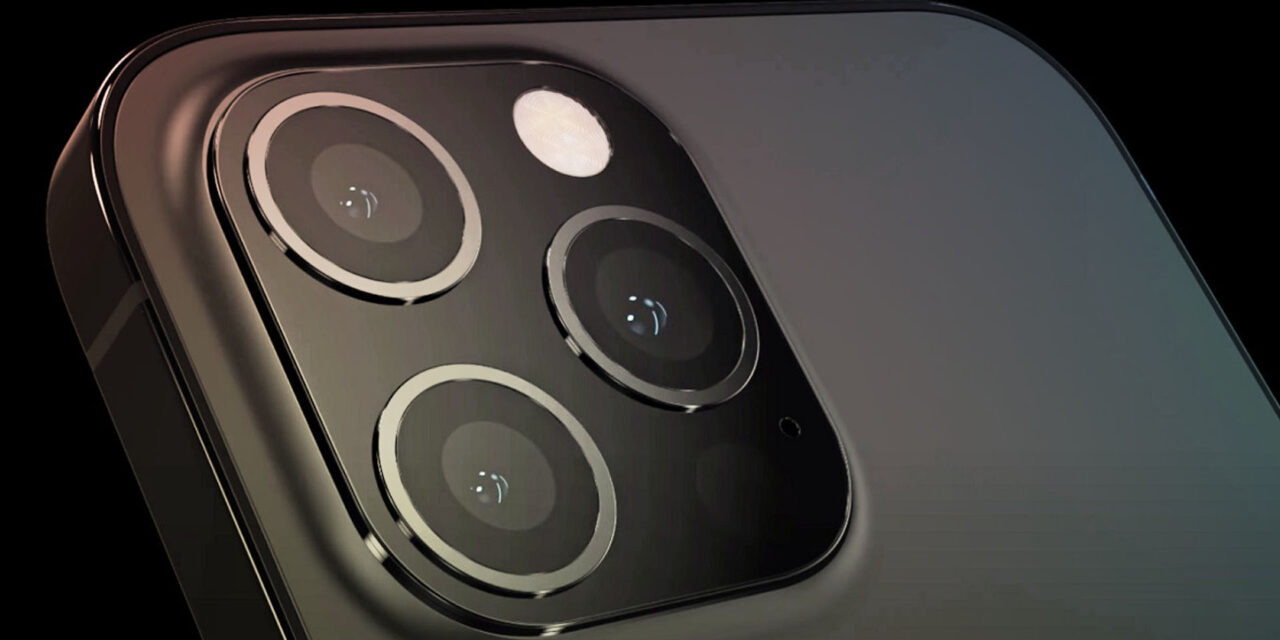
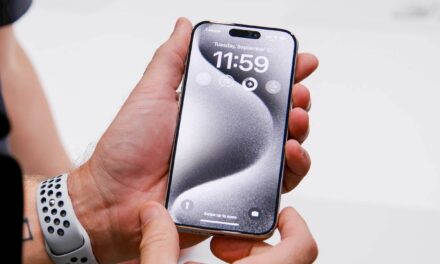
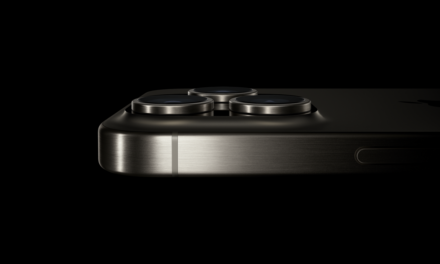
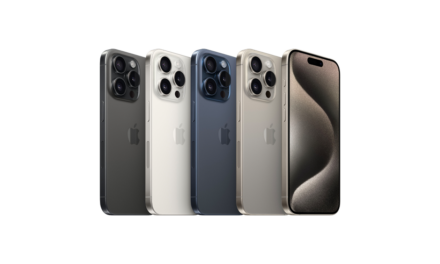
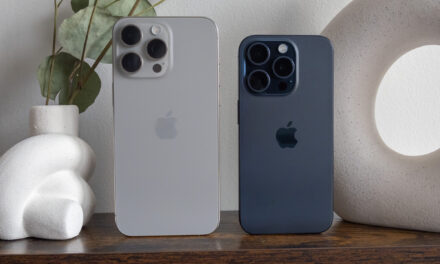
Recent Comments